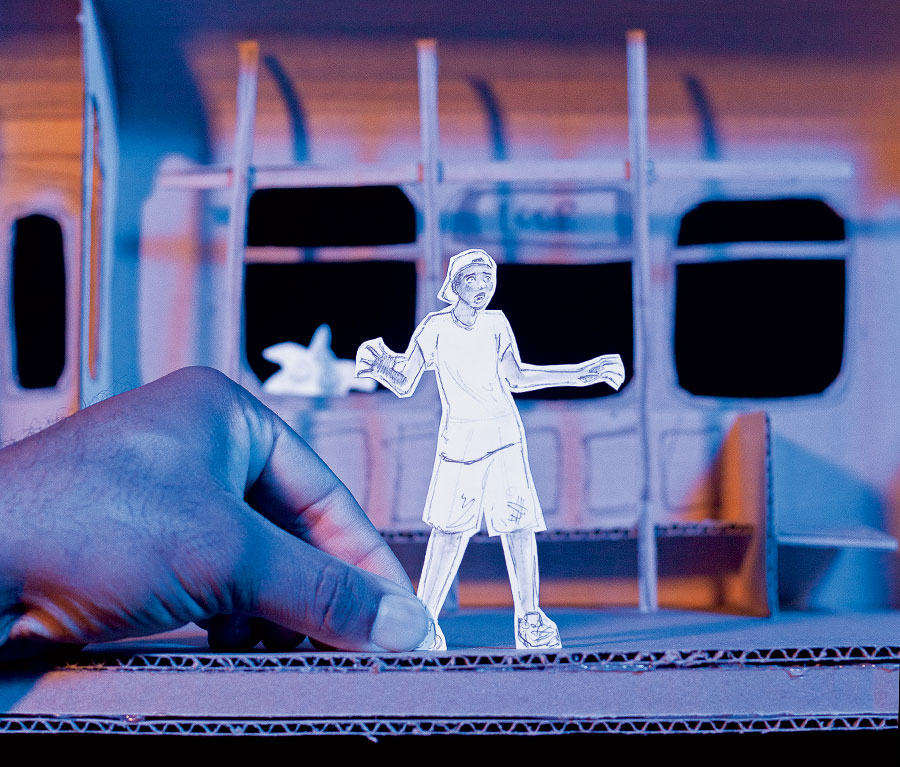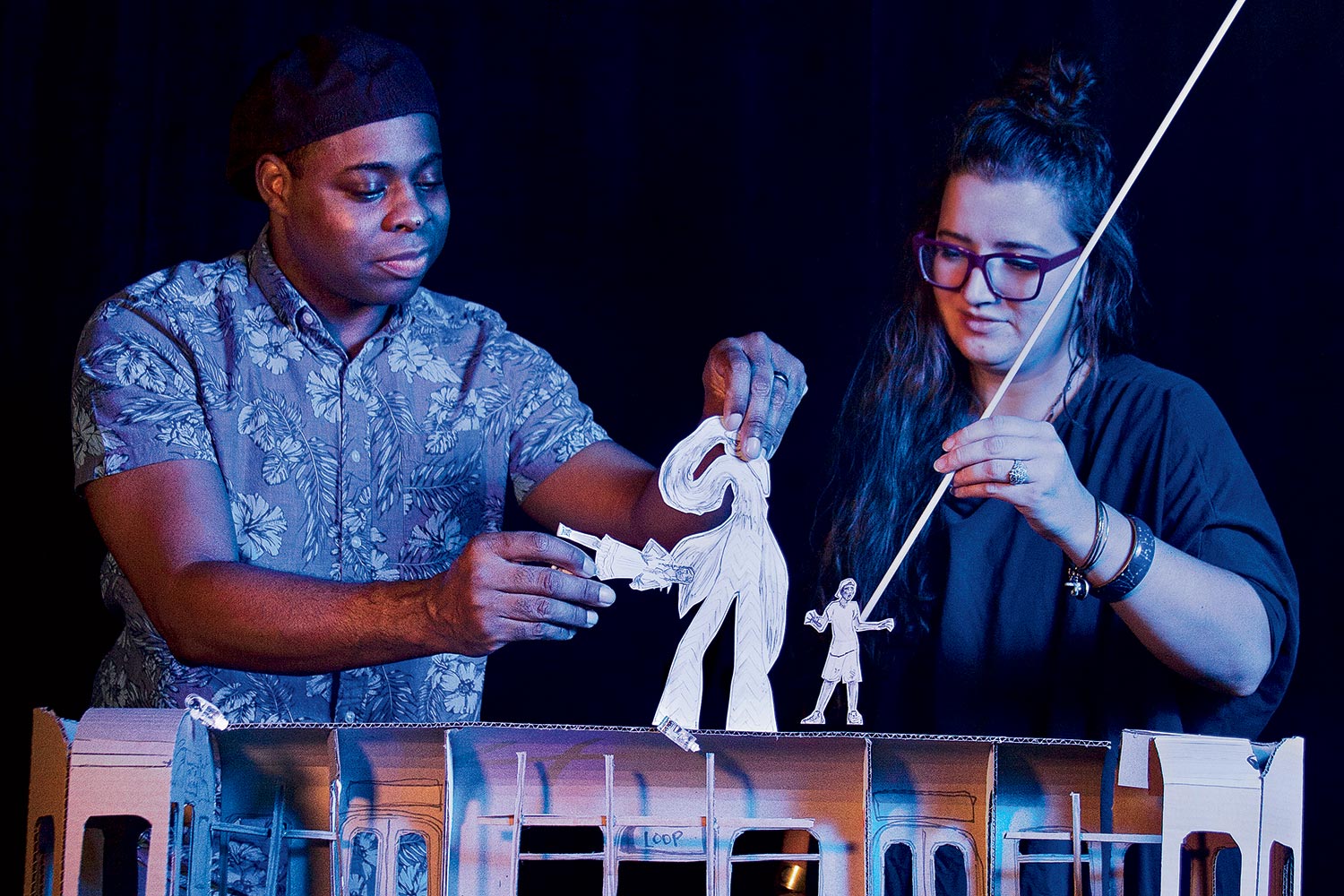As a whole, “Children’s theater has had a deservedly bad rap,” says Jacqueline Russell. That’s a jarring assessment from the cofounder and artistic director of Chicago Children’s Theatre, but Russell believes that past perceptions of plays for kids — “dumb, not sophisticated, and not speaking to children in the way they deserve to be spoken to” — weren’t far off the mark. “I find that if people think they’re ‘writing for kids,’ they might try to dumb it down,” she says.
Russell, who served as executive director of Lookingglass Theatre Company before launching CCT in 2005, has long believed young audiences are entitled to productions as smart and sophisticated as those aimed at their parents. Over a decade and a half, she’s delivered on that conviction. In 2017, thanks to its ambitious programming, CCT became the first children’s theater to receive a National Theatre Company Grant.
But of the 20 new works CCT has developed, only a few are originals. The children’s theater landscape nationwide is dominated by adaptations — often of fairy tales and fables, and also of more recent children’s literature. Russell saw in the COVID-19 shutdown an opportunity both to step away from adaptation and to give a group of artists, mostly people of color — free rein to try something new. A CCT initiative called the Springboard Project has 15 creators — including noted local playwrights Ike Holter, Nambi E. Kelley, and Isaac Gomez — developing original projects in 2021 for the virtual realm that could be expanded for the stage when in-person performance comes back.
“I didn’t give any limitations or my own ideas,” Russell says. “We pretty much knew we were canceling a season, and we wanted to keep artists working. If everything is up in the air, maybe this is the time to take some risks.”
The inaugural Springboard piece, Diamond’s Dream, debuts January 18 on CCT’s YouTube channel and will appear there indefinitely (and for free). Conceived by director Jerrell L. Henderson and scenic and costume designer Caitlin McLeod, who previously paired on CCT’s production of The Very Hungry Caterpillar Show in 2019, Diamond’s Dream uses puppetry to tell the story of a preteen boy riding the Red Line to the South Side amid the pandemic. On his trip, he encounters the spirit of a girl who died of the Spanish flu a century ago.

“I like stories that have bite to them, even if it’s speaking to a family audience,” says Henderson, who teaches performance studies at Chicago State University. “How do we talk to younger folks about mass death? That’s something we’re not able to shield children from.”
Henderson and McLeod met as graduate students at Northwestern, where they took a puppetry class together. They’re now frequent collaborators, most recently on Griffin Theatre’s Mlima’s Tale, which had its run cut short by the coronavirus shutdown in March but earned a Jeff Award nomination for best production of a play. For Diamond’s Dream, their crew consists predominantly of artists who are people of color.
McLeod’s main set for the filmed performance is a cutaway train car constructed primarily from cardboard, “with built-up details and drawn-in details, so it will have a very handmade quality,” she says. Setting a quasi-supernatural tale on the CTA was integral to the pair’s vision. “It was very important that we brought a world of magic into an urban area, so when the kids leave the theater, they can still imagine the magic happening in their personal worlds,” McLeod says.
As the boy’s journey veers into the paranormal, the creators introduce some high-concept themes, including puppet personifications of societal ills like ignorance and poverty. This is in line with future Springboard productions, which also tackle the issues of marginalized communities. One play will focus on characters with disabilities and special needs, and Gomez’s work centers on an eighth grader coming out as queer. “CCT really respects their artists and their ideas,” says McLeod, “and also respects their audiences to grasp the big ideas.” Speaking to children, that is, the way they deserve to be spoken to.




Comments are closed.